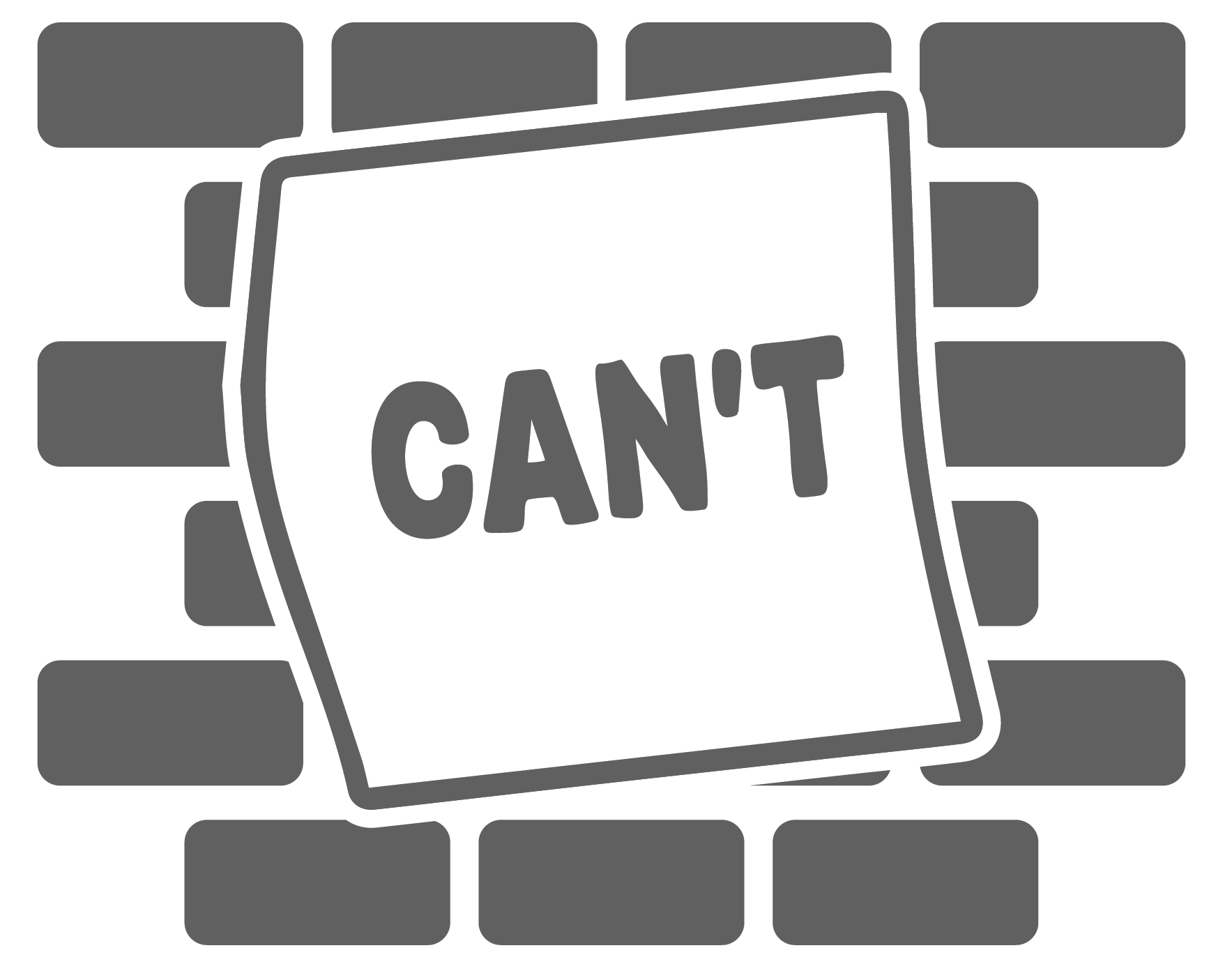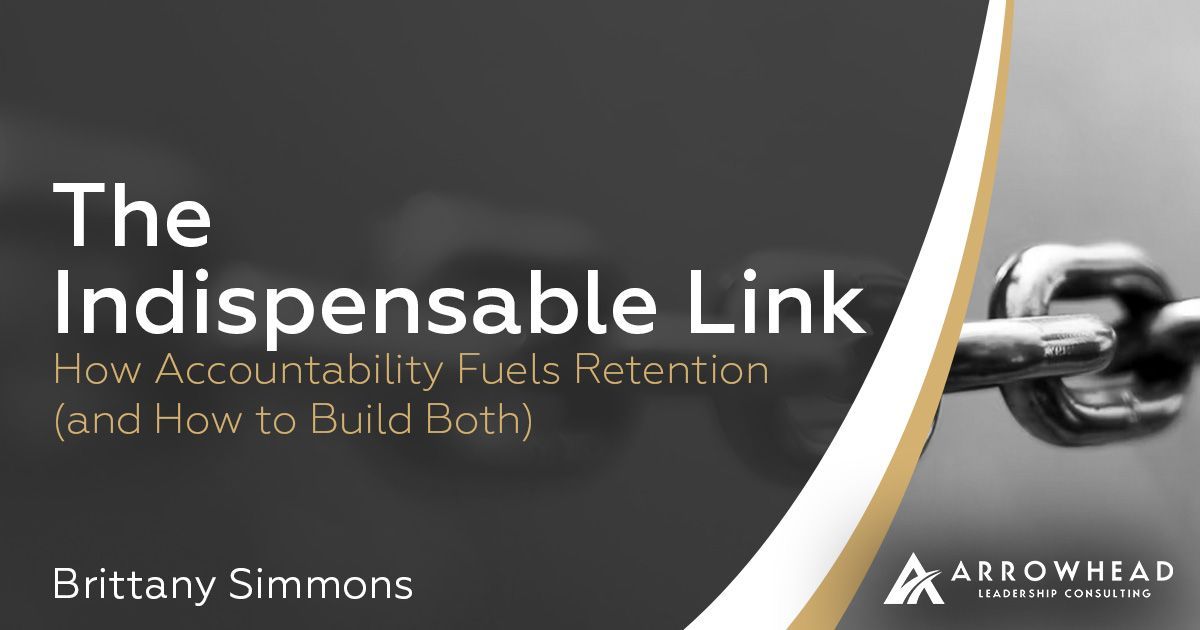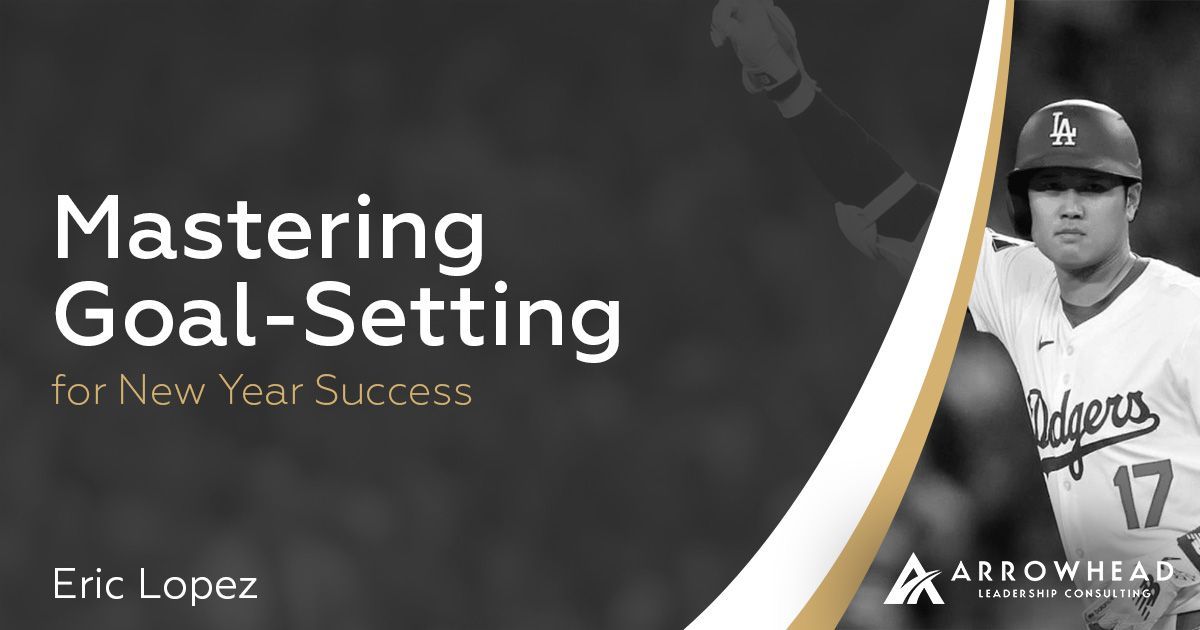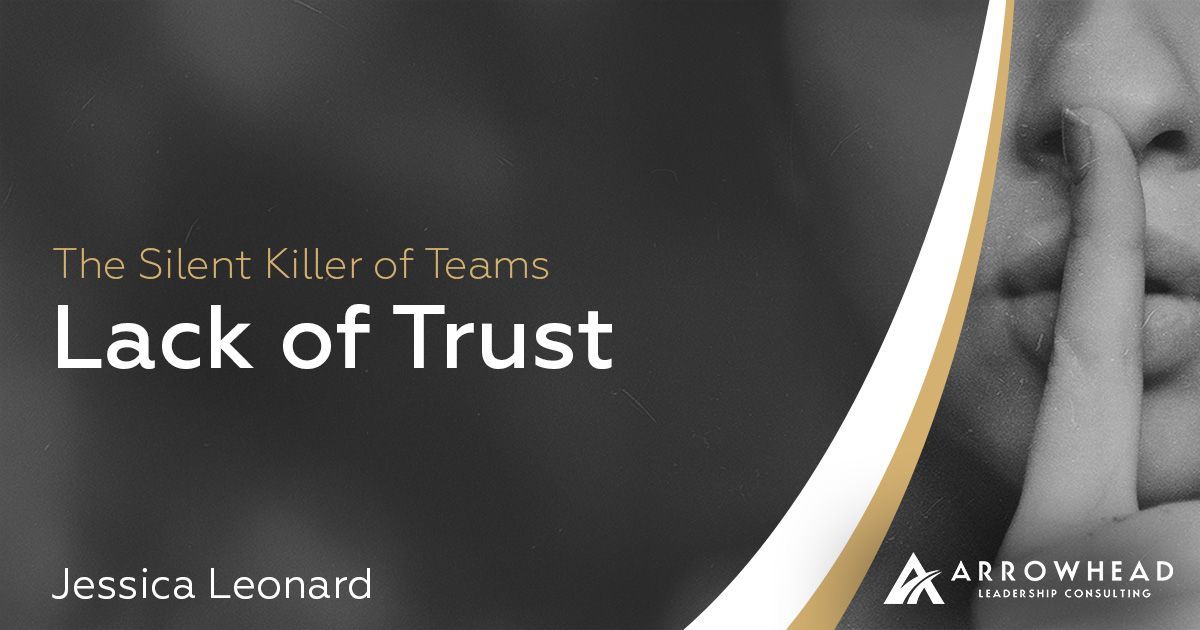The Real Reason Conflict Keeps Derailing Your Projects and How to Stop It
Ever feel like you're arm-wrestling your own team just to get basic things done? You might be battling one (or more) of these:
😒 The Resistor
🫥 The Dodger
🙅 The Pusher
But here’s the twist: they’re not the real problem. The culprit? A lack of accountability culture. Here’s how to fix it, with a leadership model that actually works.

The Resistor:
Always an excuse. Always a reason the task didn’t get done.

The Dodger:
Disappears when things get hard. Somehow never fully responsible.

The Pusher:
Pushes back on everything, creating conflict and draining time
A few years ago, I was brought in to work with a leadership team that was stuck. Despite having top talent and clear project goals, progress stalled again and again. The executive in charge finally said, “I feel like I’m arm-wrestling my own team just to get the basics done.”
He wasn’t imagining it. Three key personalities were sabotaging momentum:
The Resistor
Always an excuse. Always a reason the task didn’t get done.
The Dodger
Disappears when things get hard. Somehow never fully responsible.
The Pusher
Pushes back on everything, creating conflict and draining time
Every interaction turned into a tug-of-war—and it’s more common than you think.
The Hidden Cost of Conflict
According to a study from CPP Inc., conflict costs U.S. businesses $359 billion annually in lost productivity.¹ That’s the equivalent of 2.1 hours per week per employee spent dealing with avoidable friction. For managers, it’s even worse.
Most companies try to fix this with management training or personality tools. But those only scratch the surface.
According to Harvard Business Review, real accountability isn’t about pressure, it’s about clarity, alignment, and a culture where expectations are both firm and fair.²
The Real Issue: Lack of Accountability Culture
Here’s the truth:
The problem isn’t just the Resistor, the Dodger, or the Pusher. The problem is a lack of culture that promotes accountability. That’s where our Structured Empowerment™ methodology comes in. A proven leadership system we use at Arrowhead Leadership Consulting to help leaders stop conflict at the root.
Structured Empowerment is built on three essential pillars:
- People – You lead with emotional intelligence. You care for your team, support them, and earn trust.
- Culture – You create a values-driven culture where people are expected to live out those values every day.
- Structure – You implement clear, goal-oriented systems so expectations are defined and reinforced.
This combination changes everything. You no longer have to arm-wrestle anyone. Instead, the Resistor, Dodger, and Pusher are clearly held to the standard. They either rise to meet it or opt out. No drama. Just results.
Want Your Projects to Stop Derailing?
If you’re tired of conflict slowing down your mission, it’s time to shift your leadership mindset.
Whether it’s through one-on-one or group coaching, workshops, or full-scale leadership consulting, Arrowhead can help you create a culture where people do what they say they’ll do and take pride in it.
Let’s talk about what Structured Empowerment can look like for your team.
Arrowhead Leadership Blog











